15 November 2010
Article by Paul Sheridan and Valentina Keys
The NER300 initiative
On the 9th November 2010 the European Commission announced the first Call for Proposals under the NER300 competition which would fund innovative technologies in carbon capture and storage (CCS) and certain clean energies. These funds are to be derived from the monetisation of an equivalent of 200 million emission allowances (see further below). Project sponsors are invited to submit application to the relevant Member States by 9th February 2011 and Member States are required to complete eligibility assessments for submission to the European Investment Bank by 9th May 2011. Decisions will be announced by the end of 2011.
What is NER300?
This initiative is known as NER300. This stems from the provisions of the EU Emissions Trading Scheme (EU ETS) Directive 2003/87/EC, the revised EU ETS Directive 2009/29/EC and is detailed in EU Commission's Decision C(2010)7499 (the "NER300 Decision"). Effectively the NER300 initiative will be funded through the sale ("monetisation") of 300 million emission allowances in the New Entrants Reserve (NER) of the EU Emissions Trading Scheme. At current market prices for emission allowances the initiative is worth around €4.5 billion and the sheer size of the initiative is globally unique.
Mechanics of NER300
The criteria and measures for financing the NER300 initiative are set out in the NER300 Decision. The selection of projects to be funded will take place through two calls for proposals.
The first call covers the equivalent of 200 million allowances and the second call will cover the equivalent of 100 million allowances (together with any unused allowances from the first round). It is understood that between one and three projects will be funded per Member State. Transboundary projects will be excluded from this limit. Projects must be located in the territories, exclusive economic zones or continental shelves of Member States. Successful bidders will be eligible to receive up to 50% of the 'relevant costs' (defined in the NER300 Decision). The remainder of the funding is to be provided by Member States and project sponsors.
Helpfully, the NER300 funding can be combined with financing from other EU instruments, including the Structural and Cohesion Funds, the European Energy Programme for Recovery (EERP) as well as loan financing provided under the Risk-Sharing Finance Facility (RSFF) set up by the EuropeanUnion and the European Investment Bank (EIB).
Innovative technologies
The funding is to be "reserved for projects which make use of technologies which are innovative in relation to the state of the art in the key sub-streams for each technology. These technologies should not yet be commercially available, but sufficiently mature to be ready for demonstration at pre-commercial scale". Annex I of the Decision lists the following projects, see (A) and (B) below:
(A) CCS demonstration
It is understood that the NER300 will fund eight CCS projects.
(1) Between one and three in the following categories: pre-combustion, post-combustion, oxy-fuel and industrial applications.
(2) At least three projects using saline aquifers for CO2 storage and at least three using depleted hydrocarbon reservoirs.
(3) Power stations taking part in these CCS projects must have a generation capacity of at least 250 MW, and be designed to capture at least 85% of CO2 emissions.
(B) Clean energy
It is understood that the NER300 will finance 34 clean energy projects to be allocated as follows:
9 in bio-energy
5 in concentrated Power
3 in solar photovoltaic
6 in Wind
4 in geothermal
3 in ocean (wave, tidal and thermal energy conversion)
1 in hydro-electric
3 in distributed renewables management (smart grids)
Cost-per-unit performance
Projects are to be ranked by reference to cost-per-unit performance. Cost-per-unit performance is a measure of how much public funding is required per unit of CO2 stored (for CCS) or saved in case of clean energy.
Knowledge-sharing
Member States are required to ensure that all project operators, consortium members, suppliers and subcontractors who partake in the projects share information set out in Annex II of the NER300 Decision on an annual basis with other project operators, public authorities, research institutes, NGOs and the public. Such knowledge-sharing requirements cover technical set-up and performance, cost level, project management, environmental impact, health and safety and CCS storage site and performance.
Role of the EIB
The EIB will be required to carry out due diligence assessments of the financial and technical viability of a proposed and eligible project, conduct the monetisation of allowances and manage revenues. On completion of the assessment, the EIB will make recommendations to the EU Commission. The EU Commission is to shortly prepare guidelines on how the EIB is to conduct its due diligence assessments.
Further details of how to apply are available by clicking here
This article was written for Law-Now, CMS Cameron McKenna's free online information service.
The original publication date for this article was 12/11/2010.






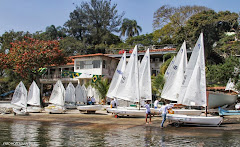





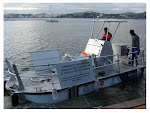

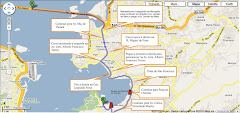
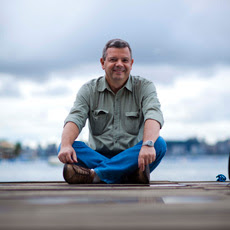

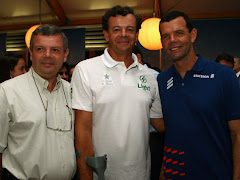



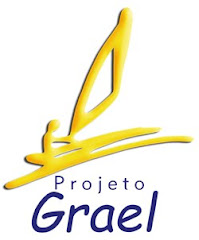
Nenhum comentário:
Postar um comentário
Contribua. Deixe aqui a sua crítica, comentário ou complementação ao conteúdo da mensagem postada no Blog do Axel Grael. Obrigado.